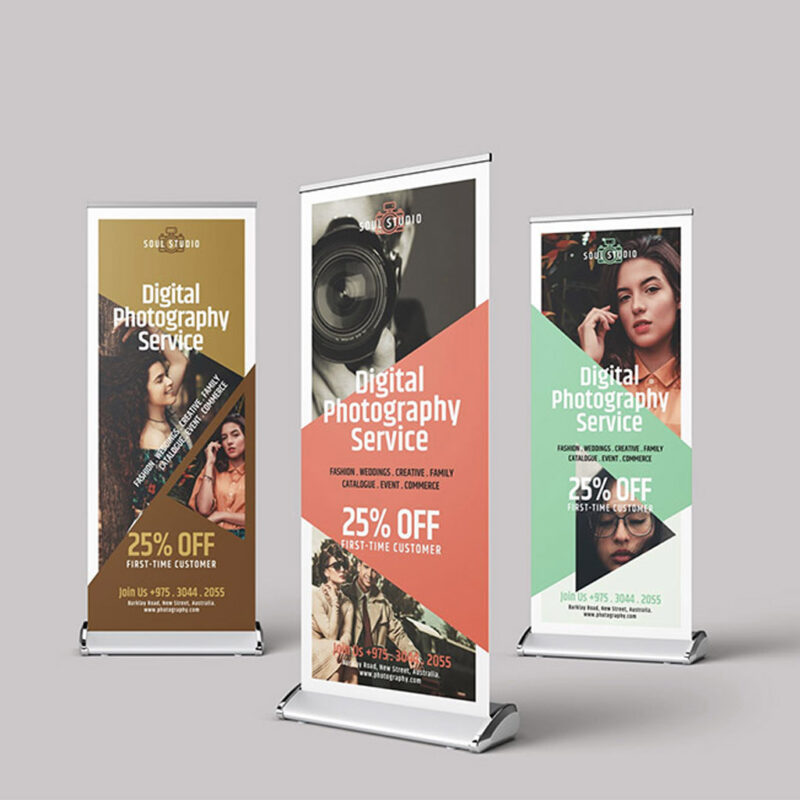
In an age of digital dominance where screens have become the norm for communication, marketing, and even shopping, it’s tempting to believe that print is on its way out. However, that couldn’t be further from the truth. The print and branding industry has not only survived the digital wave — it has evolved, adapted, and cemented its place as an irreplaceable component of modern marketing and business identity.
Here’s why the print and branding business is here to stay:
1. Tangible Experiences Matter
Digital is everywhere, but it’s not everything. There’s something uniquely powerful about a tangible, physical product. A beautifully printed brochure, a well-designed business card, or eye-catching branded packaging creates a lasting impression that a screen simply can’t replicate. People engage more deeply with printed material — it invites touch, attention, and often more thoughtful consideration.
2. Trust and Credibility
Printed materials convey a sense of permanence and legitimacy. Studies have shown that consumers tend to trust printed ads more than digital ones. Whether it’s a menu, a product catalogue, or company signage, print signals investment, professionalism, and authenticity. Branding, especially when supported by quality print work, builds credibility in a way that digital often cannot.
3. Brand Visibility in the Physical World
Branding doesn’t just live online. From shop signage and billboards to branded merchandise and event displays, companies need to establish a consistent presence in the real world. Printed materials are the bridge between digital marketing and face-to-face interactions. They help reinforce brand identity wherever your audience goes — on the streets, in offices, or at events.
4. Digital Fatigue is Real
Consumers are bombarded by online ads, emails, and pop-ups all day. This digital clutter often leads to lower engagement and higher skip rates. Print offers a refreshing change. A well-placed flyer or branded gift bag stands out more because it’s not competing in a sea of tabs and notifications. In many ways, print has become the premium channel.
5. Customization and Creativity
Advancements in printing technology have made it easier than ever to personalize and creatively express a brand. From foil stamping and embossing to variable data printing, the possibilities are endless. These innovations allow businesses to connect with their audience on a deeper level while maintaining brand integrity and design quality.
6. Complementing Digital Strategies
Rather than competing with digital, print enhances it. QR codes on printed material can lead to websites, social media pages, or digital catalogs. A well-executed print piece can serve as a gateway to your digital content. In this hybrid world, an integrated approach combining print and digital often delivers the best results.
7. Local Businesses and Events Still Rely on Print
Small businesses, local events, weddings, schools, and churches — all still require printed materials. Posters, banners, invitations, business cards, branded apparel — these are staples in community-based communication. As long as people interact in physical spaces, the need for print and branding will remain strong.
Final Thoughts
While digital will continue to expand and innovate, print and branding have carved out their own indispensable space. They’re not relics of the past — they’re powerful tools that, when used strategically, elevate brands, deepen trust, and leave lasting impressions.
For businesses looking to stand out in a crowded marketplace, print is not just an option — it’s a necessity. And branding? It’s the soul of your business, whether it’s printed on a T-shirt, engraved on packaging, or shining on a billboard.
Print is alive. Branding is thriving. And together, they’re here to stay.





Leave a reply